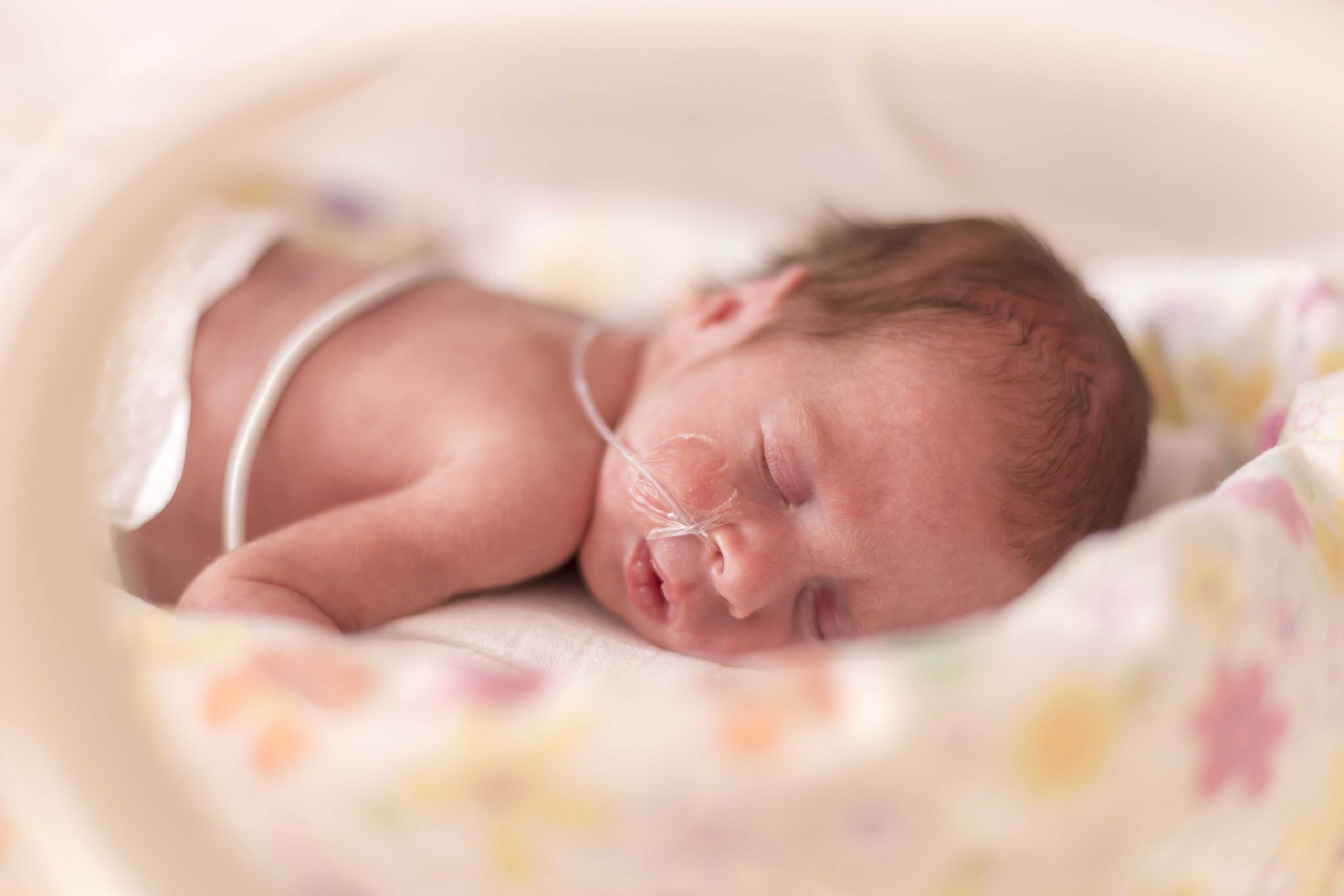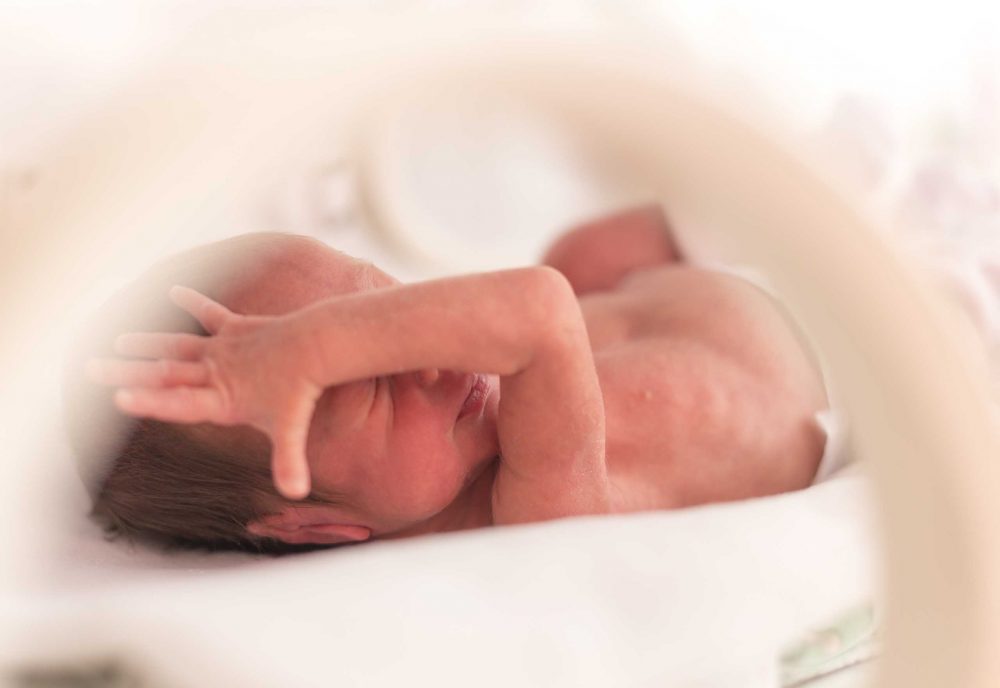1. Curosurf product summary 2016-11-14.
Curosurf «Chiesi Farmaceutici»
Lungesurfaktant. Reseptgruppe C, reseptbelagt preparat. ATC-nr.: R07A A02
ENDOTRAKEOPULMONAL INSTILLASJONSVÆSKE, suspensjon 80 mg/ml: 1 ml inneh.:
Porcine lungelipider og proteiner 80 mg, natriumklorid 9 mg, natriumhydrogenkarbonat (for pH-
justering), sterilt vann til 1 ml.
Indikasjoner: Behandling av premature barn som har, eller løper risiko for å utvikle, respiratorisk
distress-syndrom (RDS).
Dosering: Bør bare gis av personer med spesialutdannelse og erfaring med behandling av
premature og under forutsetning at utstyr for ventilering og overvåkning er tilstede. Profylaktisk
bruk: 1 dose på 100-200 mg/kg kroppsvekt (1,25-2,5 ml/kg kroppsvekt) administreres så tidlig som
mulig etter fødselen (helst innen 15 minutter). Ytterligere doser på 1,25 ml/kg (100 mg/kg) kan gis
6-12 timer etter 1. dose og siden 12 timer senere til barn som fortsatt har symptomer på RDS og
behov for respiratorbehandling. Maks. totaldose: 3,75-5 ml/kg (300-400 mg/kg). Følgende
spedbarn har høyere risiko for å utvikle RDS, og dermed størst potensiell nytte av profylaktisk
behandling: svært lav gestasjonsalder (<31 graviditetsuker), ingen prenatal
kortikosteroidbehandling, mannlig kjønn eller tegn på surfaktantmangel. RDS-behandling:
Anbefalt startdose er 100-200 mg/kg (1,25-2,5 ml/kg) gitt som én enkelt dose så raskt som mulig
etter diagnostisering. Ytterligere doser på 100 mg/kg (1,25 ml/kg) kan gis med 12 timers intervall
dersom RDS anses som årsak til vedvarende nedsatt eller forverret respirasjonsstatus. Maks.
totaldose: 300-400 mg/kg (3,75-5 ml/kg). Spesielle pasientgrupper: Nedsatt lever-/nyrefunksjon:
Sikkerhet og effekt ikke vurdert. Administrering: Preparatet gis via endotrakealtube til barn hvor
hjertefrekvens og arteriell oksygenkonsentrasjon eller oksygenmetning følges kontinuerlig.
Hetteglasset varmes forsiktig opp til romtemperatur før bruk, og vendes forsiktig opp og ned til en
får en jevn suspensjon, se pakningsvedlegg for ytterligere informasjon. Administrering med
frakoblet respirator: Koble midlertidig bort barnet fra respiratoren og administrer 1,25-2,5 ml/kg
(100-200 mg/kg) som en bolusinjeksjon, direkte i nedre del av trachea via endotrakealtuben.
Ventiler manuelt i ca. 1 minutt og koble barnet på nytt til respiratoren med samme innstillinger som
før administrering. Ytterligere doser på 100 mg/kg (1,25 ml/kg) kan administreres på samme måte
om nødvendig. Administrering uten frakoblet respirator: Administrer 100-200 mg/kg (1,25-2,5
ml/kg) som en bolusinjeksjon direkte i nedre del av trachea ved å føre et kateter inn i
endotrakealtuben gjennom sugeporten. Ytterligere doser på 100 mg/kg (1,25 ml/kg) kan
administreres på samme måte om nødvendig. Administrering via endotrakealtube innen mekanisk
ventilering starter: I dette tilfellet brukes pusteballong og ekstubasjon til CPAP er et alternativ,
enten i fødestua eller senere etter overflytting til prematuravdeling (INtubation, SURfaktant,
Ekstubasjon – INSURE). Mindre invasiv administrering av surfaktant med tynt kateter (Less
Invasive Surfactant Administration – LISA): Alternativ hos spontant pustende for tidlig fødte barn.
Dosene er de samme som for modalitetene under tidligere punkter. Et kateter med liten diameter
(CE-merket for denne typen bruk) plasseres i trachea på barn som får CPAP-behandling, og det må
sikres kontinuerlig spontan pusting med direkte visualisering av stemmebåndet ved laryngoskopi.
Preparatet instilleres med en enkelt bolus over 0,5-3 minutter. Etter instillasjonen skal tuben fjernes
umiddelbart. CPAP-behandling skal gis under hele prosedyren.
Kontraindikasjoner: Overfølsomhet for innholdsstoffene.
Forsiktighetsregler: Før behandling bør barnets tilstand stabiliseres; acidose, hypotensjon, anemi,
hypoglykemi og hypotermi korrigeres. Ved refluks bør administreringen avbrytes, og om
nødvendig respiratorens innblåsningstrykk økes til endotrakealtuben er tømt. Endotrakealtuben kan
blokkeres med slim, og dersom rengjøring mislykkes, bør endotrakealtuben byttes umiddelbart.
Dersom barnets luftveier suges rene før dosering, reduseres risikoen for at slim blokkerer
endotrakealtuben. Aspirasjon av sekresjon anbefales ikke i minst 6 timer etter administrering, med
unntak av ved livstruende tilfeller. Ved bradykardi, hypotensjon og redusert oksygenmetning bør
Curosurf seponeres, og tiltak for å normalisere hjertefrekvensen overveies og gjennomføres. Etter
stabilisering kan det nyfødte barnet fortsatt behandles med egnet monitorering av vitale funksjoner.
Forbedring av gassutveksling i alveolene kan resultere i rask økning av arteriell
oksygenkonsentrasjon, og rask justering av inspirert oksygenkonsentrasjon kreves for å unngå
hyperoksi. Periodiske blodgassanalyser og fortløpende måling av transkutan PaO2 eller
oksygenmetning anbefales. nCPAP (nasal continous positive airway pressure) kan brukes for å
fortsette behandlingen, men kun i fasiliteter som er utstyrt for dette. Nyfødte må følges nøye med
tanke på infeksjon, og ved første tegn på infeksjon skal barnet umiddelbart behandles med
antibiotika. Ved utilfredsstillende respons eller raskt tilbakefall bør andre komplikasjoner (f.eks.
PDA eller pneumoni) utelukkes før administrering av neste dose Curosurf. Barn født etter
graviditet med vannavgang i >3 uker kan ha lungehypoplasi og suboptimal respons på eksogen
surfaktant. Forbigående reduksjon av EEG (2-10 minutter) er registrert etter administrering, men er
av ukjent betydning. Ved administrering med LISA-teknikken, er det rapportert om økt forekomst
av bradykardi, apné og redusert oksygenmetning. Disse hendelsene er vanligvis av kort varighet,
uten konsekvenser for administreringen og enkle å håndtere. Dersom hendelsene blir alvorlige, må
surfaktant-behandlingen stoppes og komplikasjonene behandles. Profylaktisk behandling med
surfaktant bør kun gis der egnede fasiliteter er tilgjengelige, og etter følgende anbefalinger: Nyfødte
med gestasjonsalder <27 uker: Profylakse (innen 15 minutter etter fødsel) til nesten alle. Nyfødte
med gestasjonsalder >26-<30 uker. Profylakse overveies dersom intubasjon kreves eller moren
ikke er gitt kortikosteroider prenatalt. Dersom kortikosteroider er gitt prenatalt skal surfaktant kun
gis ved RDS. Profylakse kan også vurderes ved andre risikofaktorer for RDS (perinatal asfyksi,
maternell diabetes, multiple graviditeter, mannlig kjønn, RDS i familien, keisersnitt). Hos alle
andre nyfødte anbefales administrering av surfaktant for tidlig eller selektiv behandling. Ingen data
foreligger for premature med alvorlig hypotensjon.
Bivirkninger: Mindre vanlige (≥1/1000 til <1/100): Infeksiøse: Sepsis. Luftveier: Pneumothorax.
Nevrologiske: Intrakraniell blødning. Sjeldne (≥1/10 000 til <1/1000): Hjerte/kar: Bradykardi,
hypotensjon. Luftveier: Bronkopulmonal dysplasi, pulmonal blødning. Undersøkelser: Redusert
oksygenmetning. Ukjent frekvens: Luftveier: Hyperoksi, neonatal cyanose, apné. Undersøkelser:
Unormalt EEG. Øvrige: Komplikasjoner ved endotrakeal intubasjon. Det er rapportert
nekrotiserende enterokolitt som krevde kirurgi og fokal interstitiell perforasjon som krevde kirurgi.
Dette var enten komplikasjoner ved for tidlig fødsel eller konsekvenser av annen behandling av
disse premature babyene.
Overdosering/Forgiftning: Overdosering er ikke rapportert. Behandling: Hvis overdosen har en
klar klinisk effekt på barnets respirasjon, ventilering eller oksygenering, skal så mye som mulig av
suspensjonen aspireres, og barnet bør få støttebehandling, spesielt med tanke på væske- og
elektrolyttbalanse.
Oppbevaring og holdbarhet: Oppbevares i kjøleskap (2-8°C). Oppbevares i originalpakningen for
å beskytte mot lys. Ev. overskudd i åpnet hetteglass skal kasseres. Uåpnede, ubrukte hetteglass som
har vært oppvarmet til romtemperatur kan settes tilbake i kjøleskap innen 24 timer for senere bruk,
men kun én gang.
Pakninger og priser: 1,5 ml (hettegl.) kr 5786,10. 3 ml (hettegl.) kr 11529,10.
Sist endret: 14.11.2016

